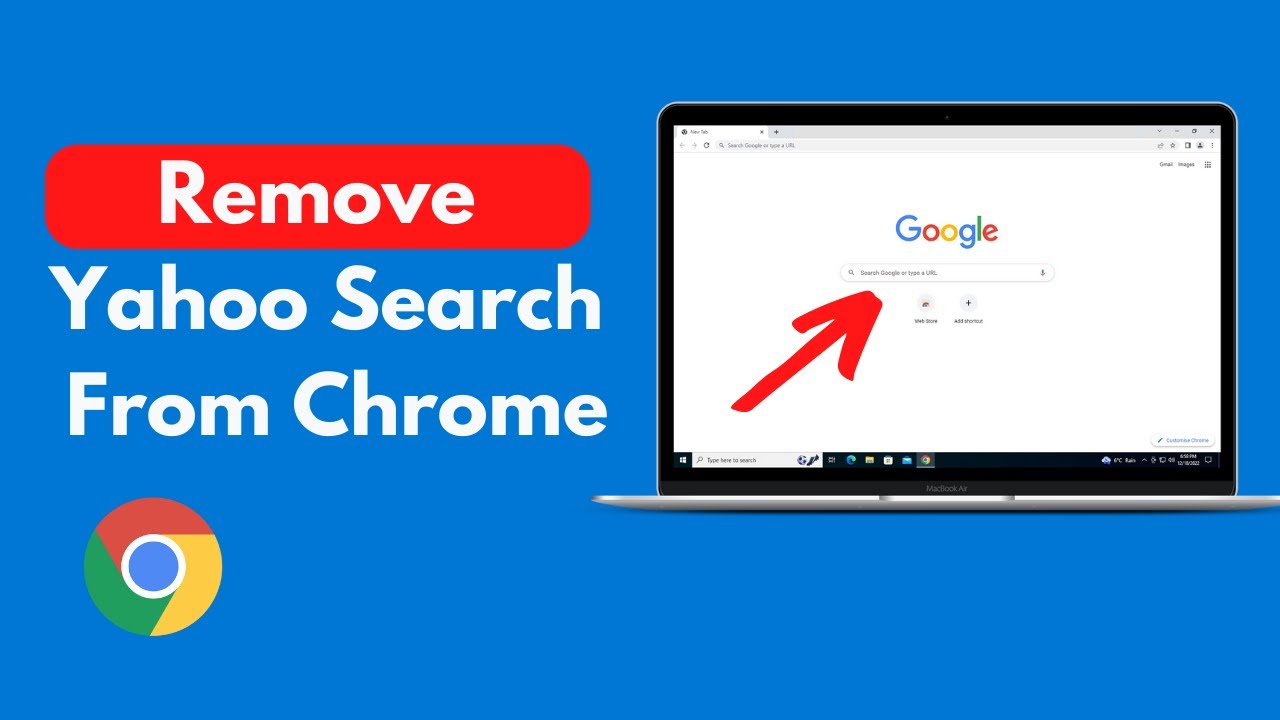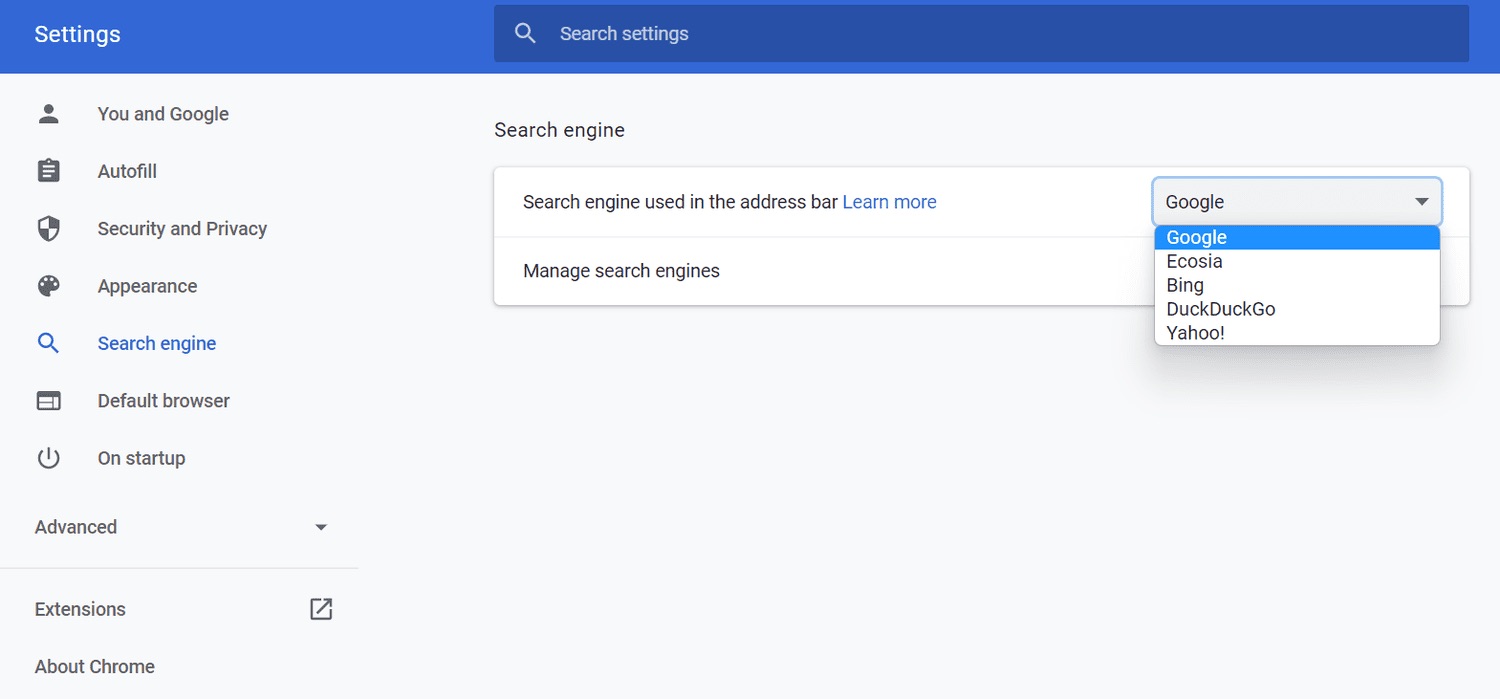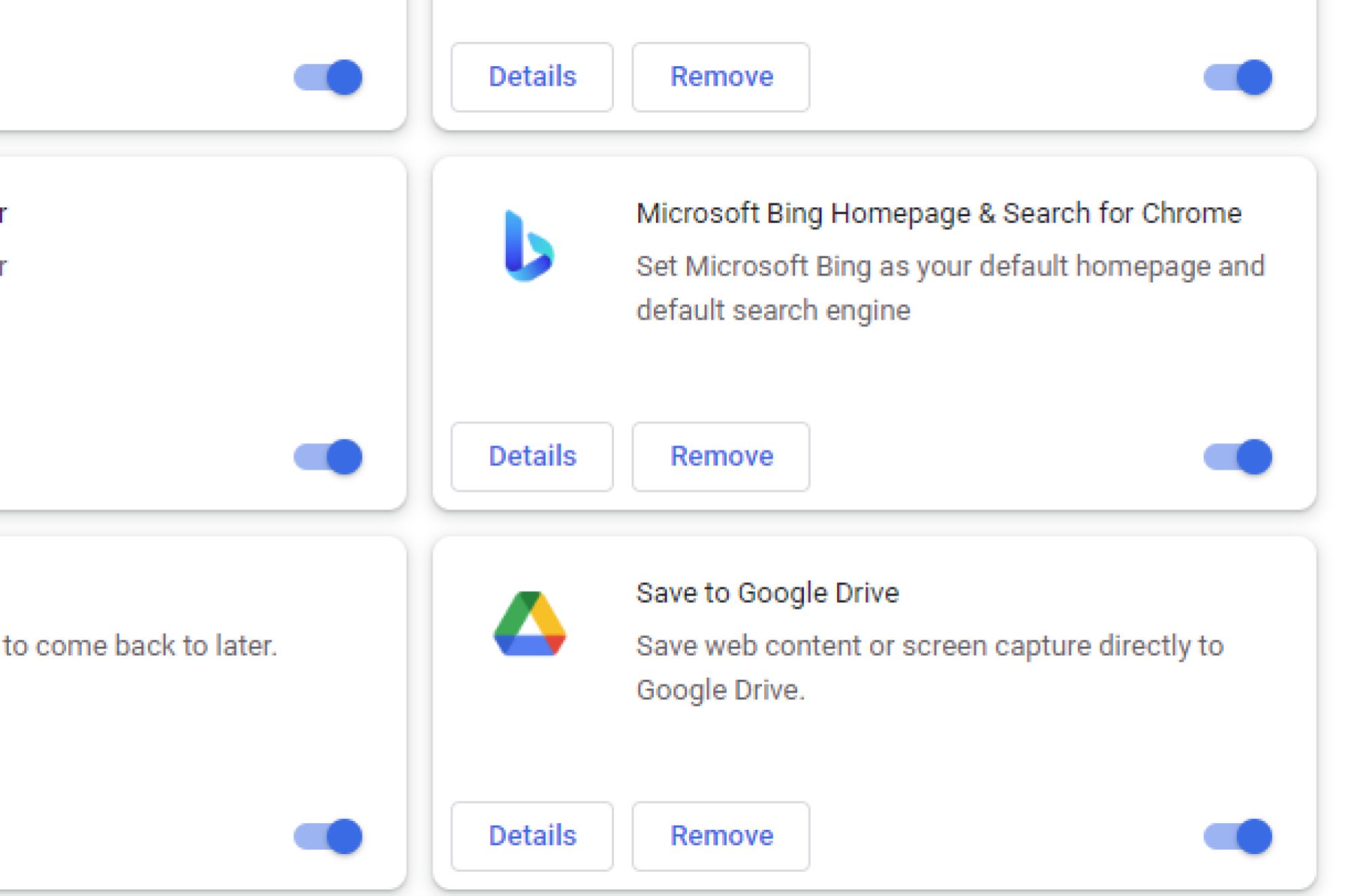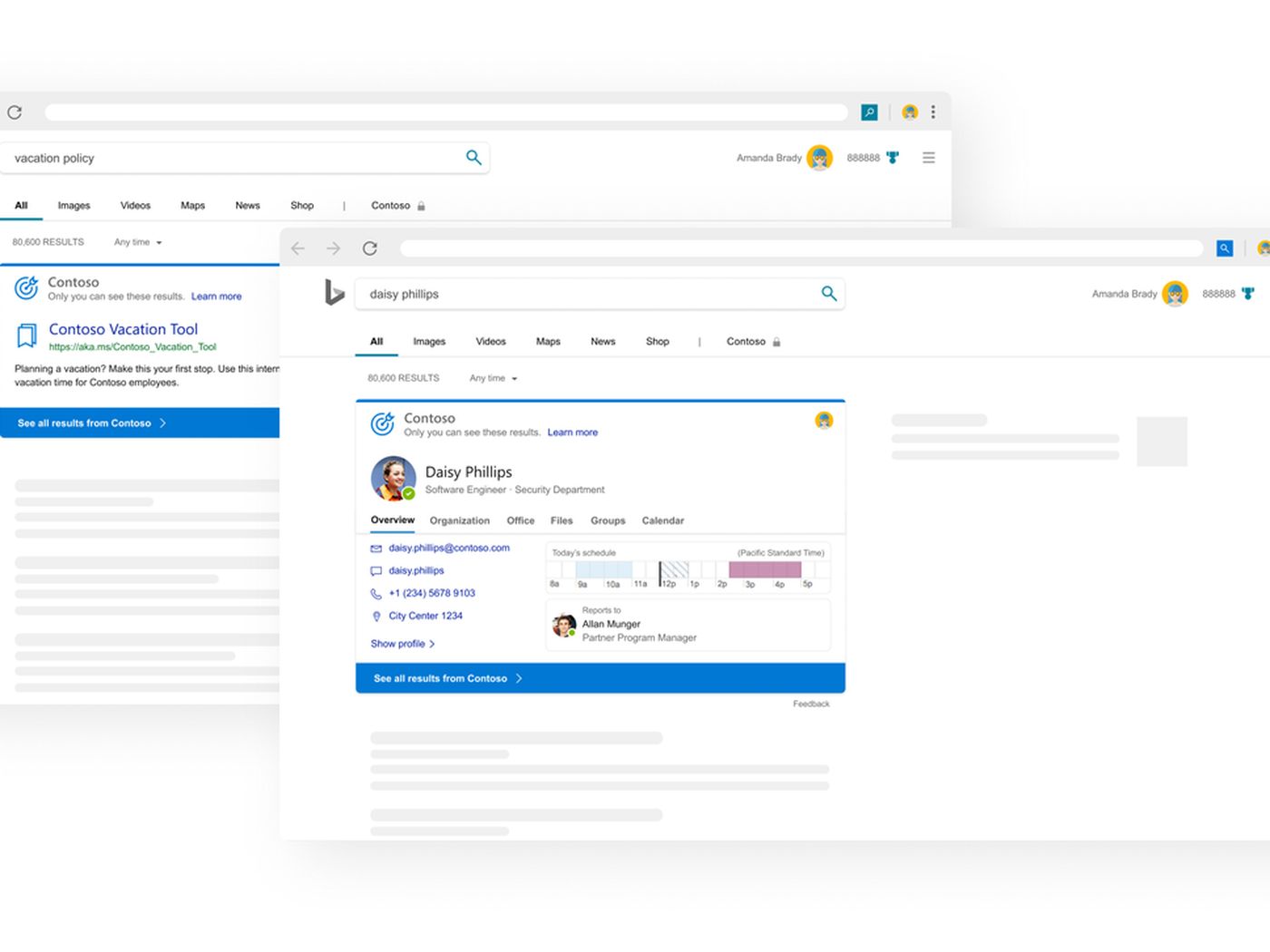Introduction
Are you tired of Yahoo search popping up every time you open your Chrome browser? You're not alone. Many users find themselves unintentionally redirected to Yahoo search, often due to browser settings or unwanted extensions. While Yahoo is a popular search engine, it may not be your preferred choice, and having it as the default search engine in Chrome can be frustrating.
In this guide, we'll walk you through the steps to remove Yahoo from Chrome and set your preferred search engine as the default. Whether you prefer Google, Bing, or another search engine, regaining control over your browsing experience is essential. By following these simple steps, you can customize your Chrome browser to suit your preferences and streamline your online searches.
Let's dive into the process of removing Yahoo from Chrome and reclaiming your preferred search engine as the default option. Whether you're a tech-savvy user or just getting started with browser customization, this guide will provide clear and actionable steps to help you achieve your desired browsing experience.
Step 1: Open Chrome Settings
To begin the process of removing Yahoo from Chrome, the first step is to access the browser's settings. Chrome settings serve as the control center for customizing various aspects of the browser, including search engine preferences, extensions, privacy settings, and more. By navigating through the settings, you can gain insight into the current configuration of your browser and make the necessary adjustments to remove Yahoo as the default search engine.
Method 1: Using the Menu
-
Launch Chrome: Open the Chrome browser on your computer or laptop. Ensure that you are running the latest version of Chrome to access the most up-to-date features and settings.
-
Access the Menu: Look for the three vertical dots located in the top-right corner of the browser window. Click on these dots to reveal a dropdown menu.
-
Select Settings: From the dropdown menu, locate and click on the "Settings" option. This action will redirect you to the Chrome settings page, where you can manage various browser configurations.
Method 2: Using the Address Bar
-
Open a New Tab: If the menu method is not accessible, you can directly access the Chrome settings by opening a new tab in the browser.
-
Enter the Address: In the address bar at the top of the new tab, type "chrome://settings/" and press Enter. This direct URL will instantly take you to the Chrome settings page, bypassing the need to navigate through the menu.
Method 3: Using Keyboard Shortcuts
- Keyboard Shortcut: For users who prefer keyboard shortcuts, pressing "Ctrl + ," (comma) on Windows or "Cmd + ," on Mac will directly open the Chrome settings page.
By following any of these methods, you will successfully access the Chrome settings, setting the stage for the subsequent steps to remove Yahoo from the browser. With the settings page now at your fingertips, you are ready to proceed to the next phase of this process.
Stay tuned for the next step, where we will delve into managing search engines within Chrome to eliminate Yahoo as the default option and replace it with your preferred search engine.
Step 2: Manage Search Engines
Now that you have accessed the Chrome settings, the next crucial step in removing Yahoo from Chrome involves managing the search engines configured within the browser. Chrome allows users to customize their search engine preferences, enabling them to set their preferred option as the default for conducting online searches directly from the address bar. By managing search engines, you can remove Yahoo from the list of available options and ensure that your desired search engine takes precedence.
Accessing Search Engine Settings
-
Navigate to Search Engine Settings: Within the Chrome settings page, locate and click on the "Search engine" tab in the left-hand menu. This section is specifically dedicated to managing search engine preferences, providing users with the flexibility to customize their browsing experience.
-
Manage Search Engines: Upon entering the search engine settings, you will encounter a list of available search engines, including the default option and any additional search engines that may have been added. This interface allows you to view, edit, and remove search engines according to your preferences.
Removing Yahoo Search
-
Locate Yahoo Search: Scan through the list of search engines to identify Yahoo as one of the available options. It may be listed as "Yahoo," "Yahoo Search," or a similar variation, depending on the specific configuration of your browser.
-
Hover Over Yahoo: Once you have located Yahoo in the list, hover your cursor over the entry to reveal the available actions. This interaction will prompt the appearance of options for editing and removing the selected search engine.
-
Remove Yahoo: Click on the "Remove" or "X" icon associated with the Yahoo search engine entry. This action will initiate the removal process, eliminating Yahoo as a search engine option within Chrome.
Setting Your Preferred Search Engine
-
Add a New Search Engine (Optional): If your preferred search engine is not already listed, you have the option to add it by clicking on the "Add" button within the search engine settings. Enter the details of your preferred search engine, including the name and keyword for quick access.
-
Set as Default: After removing Yahoo, ensure that your preferred search engine is set as the default option. Locate your preferred search engine in the list and click on the three-dot icon next to it. From the available options, select "Make default" to designate it as the primary search engine for your Chrome browser.
By effectively managing search engines within Chrome, you can remove Yahoo from the list of available options and establish your preferred search engine as the default choice. This customization empowers you to streamline your browsing experience and conduct online searches seamlessly, aligning with your individual preferences and needs. With Yahoo successfully removed, you are one step closer to optimizing your Chrome browser to suit your specific requirements.
Stay tuned for the next step, where we will delve into the process of completely removing Yahoo Search from Chrome, ensuring that your preferred search engine remains the focal point of your browsing activities.
Step 3: Remove Yahoo Search
Removing Yahoo Search from your Chrome browser is a pivotal step in reclaiming control over your browsing experience. Once you have accessed the search engine settings within Chrome, the process of eliminating Yahoo as a search engine option becomes straightforward and empowering. By following the steps outlined below, you can effectively remove Yahoo Search and ensure that your preferred search engine takes precedence, aligning with your individual browsing preferences.
Initiating the Removal Process
-
Locate Yahoo Search: Within the search engine settings, scan through the list of available search engines to identify Yahoo as one of the options. It may be listed as "Yahoo," "Yahoo Search," or a similar variation, depending on your browser's configuration.
-
Hover Over Yahoo: Once you have located Yahoo in the list, hover your cursor over the entry to reveal the available actions. This interaction prompts the appearance of options for editing and removing the selected search engine.
-
Remove Yahoo: Click on the "Remove" or "X" icon associated with the Yahoo search engine entry. This action initiates the removal process, effectively eliminating Yahoo as a search engine option within Chrome.
Confirming the Removal
After initiating the removal process, it is essential to confirm that Yahoo Search has been successfully removed from the list of available search engines. By verifying the absence of Yahoo from the configured search engines, you can ensure that your preferred search engine remains the focal point of your browsing activities.
Setting Your Preferred Search Engine
With Yahoo Search successfully removed, you have the opportunity to set your preferred search engine as the default choice within Chrome. If your preferred search engine is not already listed, you can add it within the search engine settings and designate it as the primary option for conducting online searches.
By following these steps, you can seamlessly remove Yahoo Search from Chrome and establish your preferred search engine as the central component of your browsing experience. This customization empowers you to streamline your online searches and tailor your browser to align with your individual needs and preferences.
Stay tuned for the next step, where we will explore the optional process of resetting Chrome settings, providing a comprehensive approach to optimizing your browsing experience.
Step 4: Reset Chrome Settings (Optional)
Resetting Chrome settings can serve as a comprehensive approach to addressing any lingering issues or unwanted configurations that may impact your browsing experience. While this step is optional, it can be particularly beneficial if you have encountered persistent redirects to Yahoo search or if your browser's performance has been affected by unwanted extensions or settings. By resetting Chrome settings, you can restore the browser to its default state, effectively eliminating any potential sources of interference and ensuring a clean slate for your browsing activities.
Accessing the Reset Settings Option
To initiate the process of resetting Chrome settings, follow these steps:
-
Navigate to Chrome Settings: Access the Chrome settings by clicking on the three vertical dots in the top-right corner of the browser window and selecting "Settings" from the dropdown menu.
-
Scroll to Advanced Settings: Within the settings page, scroll down to the bottom and click on the "Advanced" option to reveal additional settings.
-
Locate Reset Settings: Under the "Reset and clean up" section, locate and click on the "Restore settings to their original defaults" option. This action will lead you to the reset settings interface.
Initiating the Reset Process
Once you have accessed the reset settings interface, you will be presented with the option to proceed with resetting Chrome settings. Before initiating the reset, it is essential to consider the implications of this action, as it will revert various browser configurations to their default state. This includes the removal of extensions, the restoration of default search engine settings, and the clearing of cookies and cached data.
Confirming the Reset
Upon selecting the "Restore settings to their original defaults" option, Chrome will prompt you to confirm the reset process. You will be presented with a summary of the changes that will occur as a result of the reset. Take a moment to review the implications and ensure that you are comfortable with the reset before proceeding.
Completing the Reset
Once you have confirmed the reset, Chrome will initiate the process of restoring the browser to its original defaults. This may take a few moments to complete, after which Chrome will restart to apply the changes. Upon restarting, you will find that the browser has been reset to its default state, free from any unwanted configurations or settings that may have impacted your browsing experience.
By considering the optional step of resetting Chrome settings, you can proactively address any underlying issues and ensure that your browser is optimized for seamless and personalized browsing. This comprehensive approach complements the previous steps and provides a holistic solution to refining your Chrome browser to align with your preferences and needs.
Conclusion
Congratulations! By following the steps outlined in this guide, you have successfully removed Yahoo from your Chrome browser and set your preferred search engine as the default option. This proactive approach empowers you to tailor your browsing experience to align with your individual preferences, ensuring that your online searches are streamlined and efficient.
By accessing the Chrome settings and managing search engines, you have taken control of your browsing experience, eliminating unwanted search engine options and establishing your preferred choice as the focal point of your online activities. Whether you prefer Google, Bing, DuckDuckGo, or another search engine, customizing your browser to reflect your preferences is essential for a seamless and personalized browsing experience.
Furthermore, the optional step of resetting Chrome settings provides a comprehensive approach to addressing any lingering issues or unwanted configurations that may impact your browsing experience. By restoring the browser to its default state, you have effectively eliminated potential sources of interference, ensuring a clean slate for your browsing activities.
As you continue to explore the vast expanse of the internet, having a browser that caters to your specific needs and preferences is invaluable. Whether you are conducting research, seeking information, or simply browsing for leisure, the ability to rely on your preferred search engine within Chrome enhances your overall online experience.
Remember, the steps outlined in this guide are not only applicable to removing Yahoo from Chrome but can also be adapted to customize your browser according to your evolving preferences. As technology continues to evolve, so do our browsing habits, and having the flexibility to tailor our browsers to suit our individual needs is paramount.
With Yahoo successfully removed from your Chrome browser, you can now enjoy a browsing experience that is finely tuned to your liking. Whether you are a seasoned tech enthusiast or a casual user, taking control of your browser settings empowers you to navigate the digital landscape with confidence and efficiency.
Thank you for embarking on this journey to optimize your Chrome browser. May your online adventures be enriched by a browsing experience that reflects your unique preferences and enhances your interactions with the digital world. Happy browsing!

























